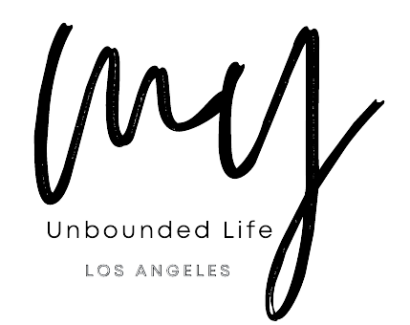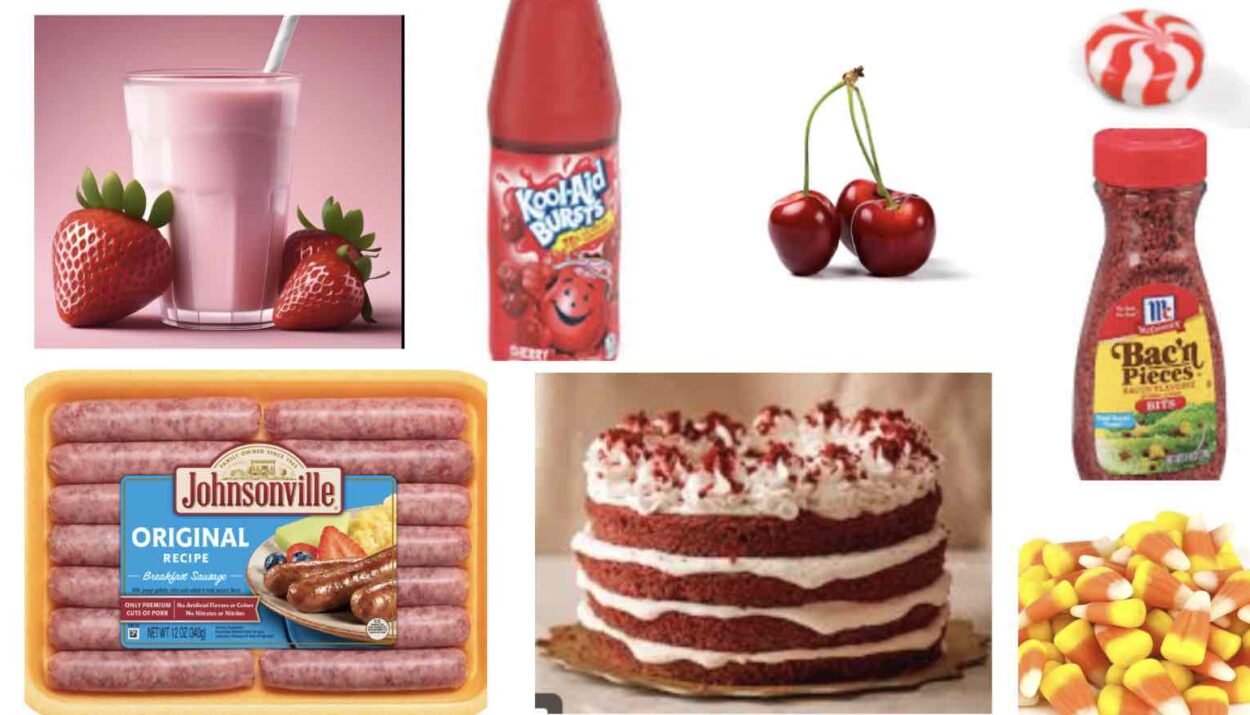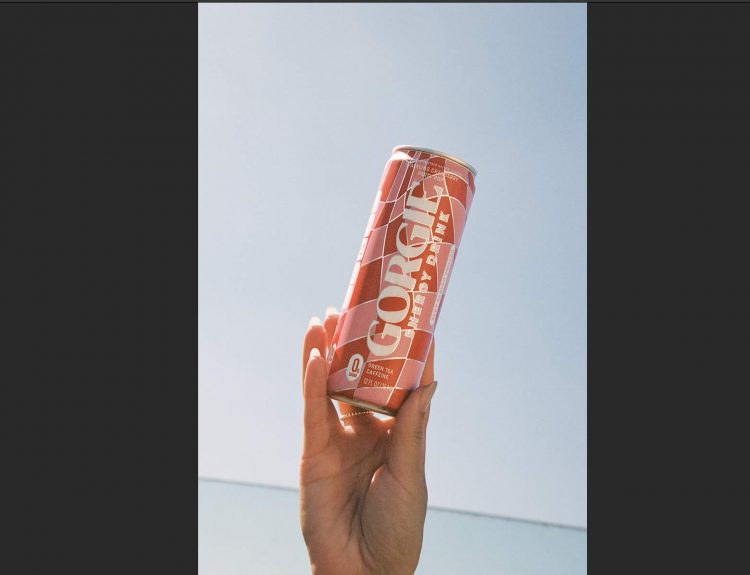The US Food and Drug Administration (FDA) has finally banned the use of Red Dye No. 3, a synthetic food coloring linked to cancer in animal studies. However, many are questioning why it took the FDA so long to take action.
For years, millions of people have been consuming Red Dye No. 3, unaware of its potential health risks. The dye has been commonly used in various food products, including:
- Fruit flavors and candies
- Baked goods
- Frozen desserts
- Pharmaceuticals
Some specific food products that have used Red Dye No. 3 include:
Common Food Products with Red Dye No. 3
- Kool-Aid Cherry Flavor Drink Mix: This popular drink mix has relied on Red Dye No. 3 for its distinctive red color.
- Pop-Tarts Strawberry Toaster Pastries: These sweet pastries have used Red Dye No. 3 to create their signature strawberry color.
- Froot Loops Cherry Flavor Cereal: This beloved breakfast cereal has contained Red Dye No. 3 to give it its bright cherry color.
- Jell-O Cherry Flavor Gelatin Dessert: This classic dessert has used Red Dye No. 3 to create its vibrant red color.
- Sour Patch Kids Cherry Flavor Candies: These sour-then-sweet candies have relied on Red Dye No. 3 for their distinctive cherry color.
Pharmaceuticals with Red Dye No. 3
In addition to food products, Red Dye No. 3 has also been used in certain pharmaceuticals, including:
- Tylenol Cherry Flavor: Certain formulations of Tylenol, a popular pain reliever, have used Red Dye No. 3 to create a cherry flavor.
- Robitussin Cherry Flavor Cough Syrup: This cough syrup has used Red Dye No. 3 to give it a distinctive cherry color.
- Mucinex Cherry Flavor Extended-Release Tablets: Certain formulations of Mucinex, a medication used to relieve chest congestion, have used Red Dye No. 3 to create a cherry flavor.
- Sudafed Cherry Flavor Tablets: Some formulations of Sudafed, a medication used to relieve nasal congestion, have used Red Dye No. 3 to create a cherry flavor.
- Triaminic Cherry Flavor Cough and Congestion Relief: This over-the-counter medication has used Red Dye No. 3 to give it a distinctive cherry color.
The FDA’s ban on Red Dye No. 3 is a welcome move, but many are left wondering why it took so long. The European Union banned the dye in 1994, citing concerns over its potential carcinogenic effects.
As manufacturers begin to phase out Red Dye No. 3, consumers can expect to see changes in the coloring of certain food products. However, it remains to be seen whether the FDA’s ban has come too late for those who have been consuming the dye for years.
The FDA’s decision to ban Red Dye No. 3 has sparked a larger conversation about food safety and the use of artificial additives in food products. Many experts are calling for greater transparency and stricter regulations around food additives.
What Can Consumers Do?
In the meantime, consumers can take steps to minimize their exposure to artificial food colorings. Here are some tips:
- Read labels carefully: Check the ingredient list for artificial food colorings like Red Dye No. 3.
- Choose natural options: Opt for products that use natural coloring agents, like beet juice or turmeric.
- Cook from scratch: Preparing meals from scratch allows you to control the ingredients and avoid artificial additives.
As the FDA continues to navigate the complex world of food additives, one thing is clear: consumers deserve transparency and protection when it comes to the food they eat.






